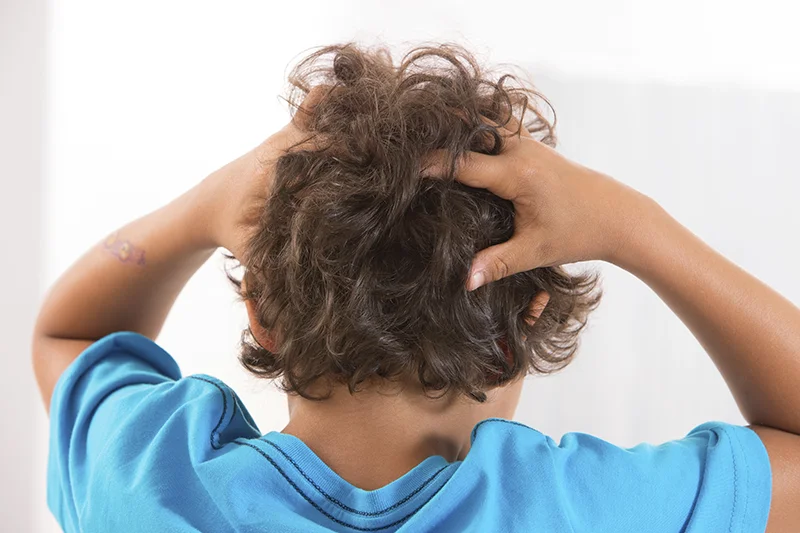How to Care for Your Head Post Lice Treatment
Many people think their experience with head lice is over once they have received treatment. While receiving treatment for head lice is the best way to ensure the problem doesn’t persist, it is wise to take preventative measures to avoid contracting lice again.
What Happens After Lice Treatment?
The AirAlle treatment used at Fresh Heads Lice Removal uses warm air to kill head lice and nits (lice eggs). The treatment is thoroughly applied throughout the scalp, killing all the lice and nits with warm air- this process takes around half an hour. A lice comb will then be used to meticulously comb through the hair to ensure all head lice and nits are removed from the hair and scalp.
The patented AirAlle treatment technology used at Fresh Heads Lice Removal guarantees that clients leave lice-free the same day as their treatment. Wondering what could happen after lice treatment is common. It is vital to make sure your scalp is lice-free before continuing in everyday activities around people. If you follow directions from our highly trained and professional staff after your treatment, you should be good to go.
How to Reduce Your Risk of Catching Lice
There isn’t a way to 100% lice-proof yourself, but there are steps you can take to reduce the chances of catching head lice. Lice is spread by head-to-head contact, so the most effective way of preventing it is to avoid touching heads or hair with others who may be lice hosts. If you have longer hair, it is recommended to wear it pulled up or back to help avoid contact with others. Another method of deterring lice is using scents/oils such as mint, rosemary, and citronella. Lice find these scents unpleasant and are naturally deterred by them.
Check for Lice Weekly
One of the best ways to stay on top of a lice problem after treatment is by regularly performing lice checks. Using a lice comb or fine-toothed comb, separate the hair and comb down a section from the root to the end of the hair. Examine the scalp and comb for any lice or nits. Nits will not immediately fall off of a hair follicle. They are stuck on and require a little more effort to remove than a typical piece of dandruff that easily flakes off the scalp/hair.
Hassle-Free Lice Removal in Savannah, GA
If you need head lice removal in Savannah, GA, call or visit Fresh Heads Lice Removal for help. Our AirAlle lice treatment guarantees you or your loved one will leave our facility lice-free, with no need for multiple chemical treatments. We also provide a 45-day post-treatment guarantee that you will remain lice-free for a period after the treatment. Come see us for stress-free head lice removal in Savannah, GA, or at our other two locations in Jacksonville, FL, and Orlando, FL.
Schools Without Lice
At Fresh Heads Lice Removal, our mission is to get rid of lice in schools across the United States. We’ve partnered with the Lice Clinics of America to create the Schools Without Lice program. Through this program, we provide school nurses and teachers with free screenings, resources, and treatments. Together, we can have schools without lice!

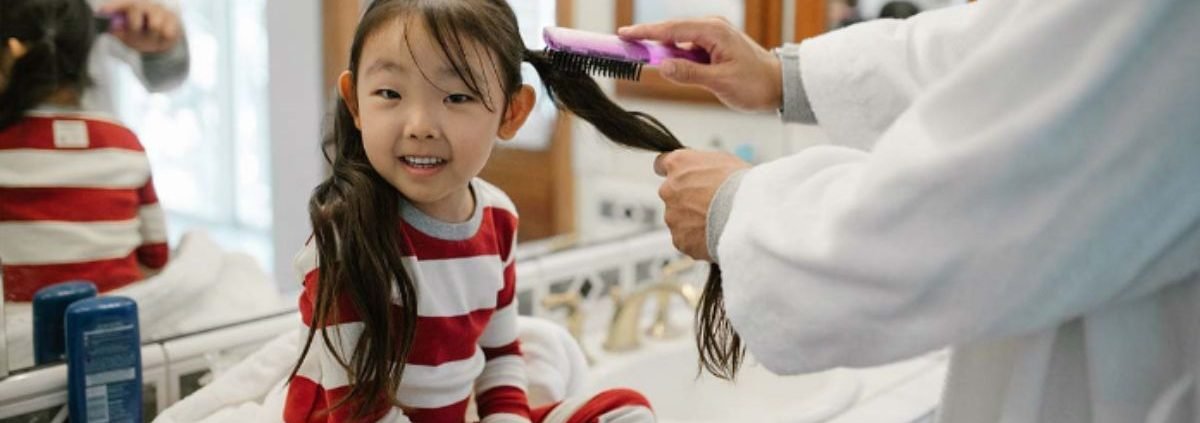
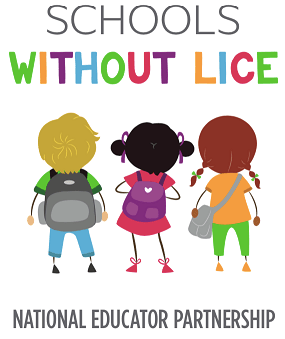
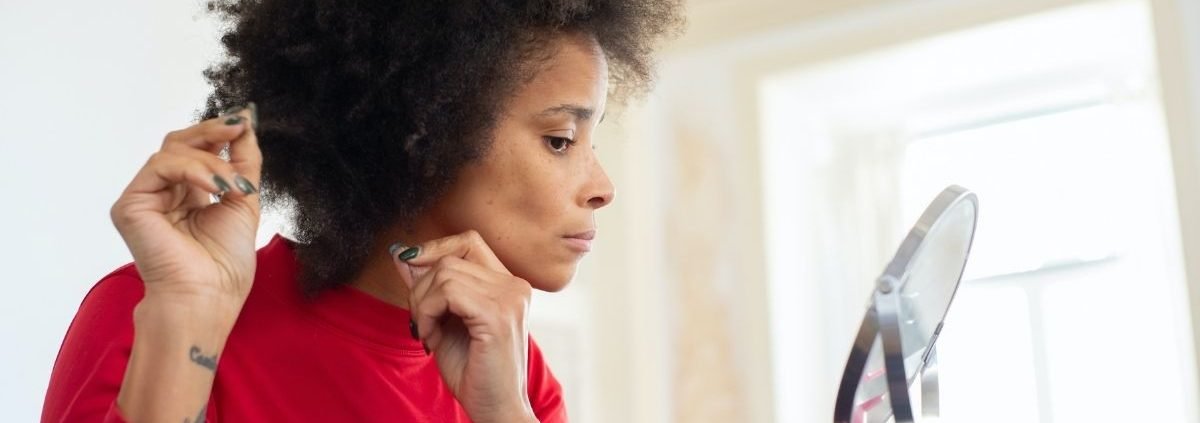
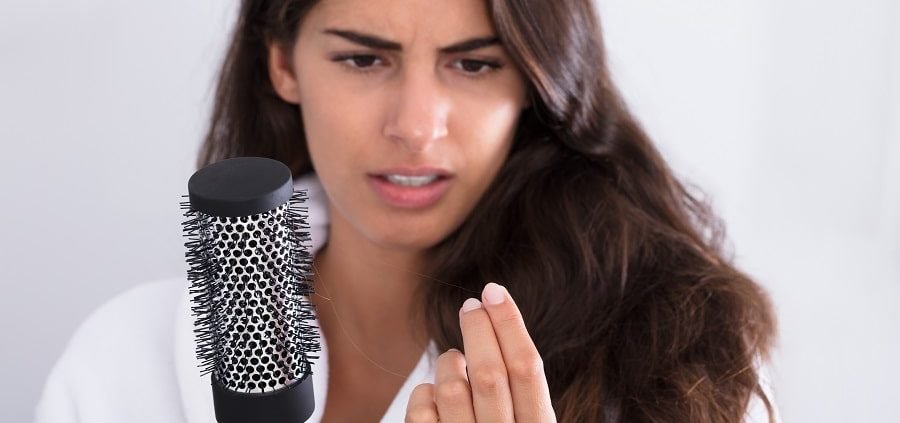


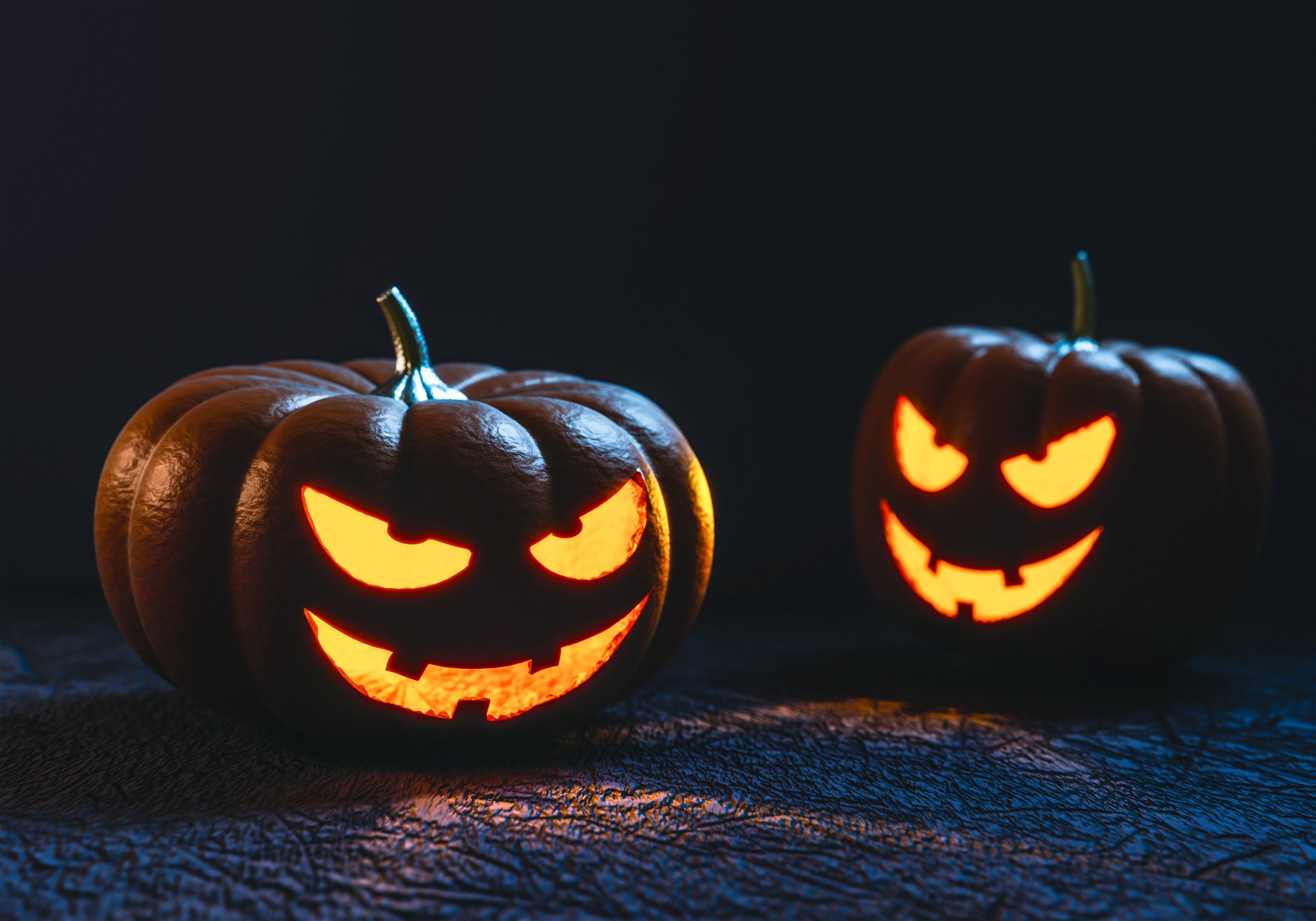 With Halloween right around the corner and little ones enjoying dressing up in costume, masks and wigs and such, we thought it the opportune time to remind our readers how lice are spread and some tips for preventing lice transmission so your kids can enjoy this fun time of year lice free.
With Halloween right around the corner and little ones enjoying dressing up in costume, masks and wigs and such, we thought it the opportune time to remind our readers how lice are spread and some tips for preventing lice transmission so your kids can enjoy this fun time of year lice free.